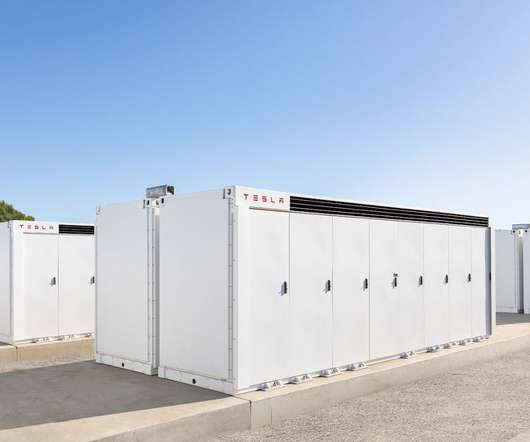Mercedes-Benz Cars plants in Germany to be supplied with CO2-neutral energy from 2022
Green Car Congress
MAY 16, 2018
Thereby, we completely forego coal-based electricity and obtain our electrical energy from only renewable sources. Today, new plants in Europe are already planned with a CO2-neutral energy supply from the start. The production hall uses renewable energy and reduces water consumption and waste significantly.













Let's personalize your content